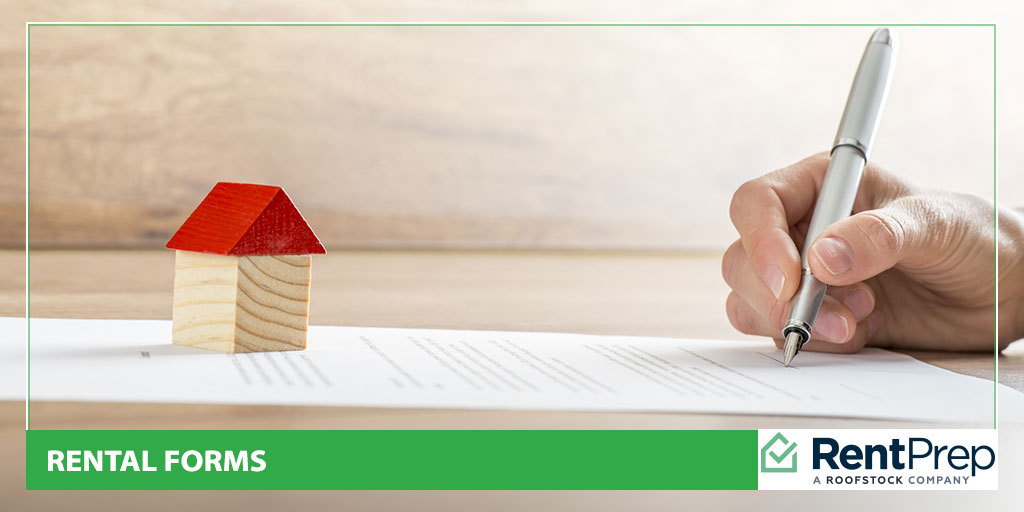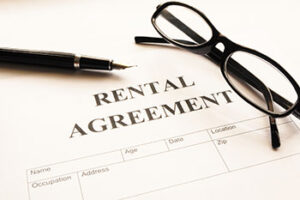

Welcome to our comprehensive guide on rental forms, the essential paperwork that shapes the landlord-tenant relationship. In the realm of leasing, paperwork is pivotal. Ever wondered about the key rental forms you should keep on file? Look no further.
In this guide, we’ll navigate the crucial documents every landlord must have, from the foundational rental agreement to tenant screening reports and maintenance records. We’ll cover the details these forms should contain and how long you’re legally obligated to maintain these records even after a lease ends.
We’ve made it easier for you by including links to downloadable sample forms. Understanding these forms is vital whether you’re a new landlord or a seasoned property manager.
So let’s dive in, ensuring you’re armed with the documents needed for a smooth landlord-tenant relationship.
Explore vital rental agreement documentation for landlords, including rental agreements, applications, tenant screening reports, and maintenance records.

The most important document a landlord should have on file for all rentals is the rental agreement, also called the lease. This contract between landlord and tenant lays out the legal responsibilities between the two parties.
This document encompasses essential details of the legal agreement, including who owns the property and who has permission to use it, for what purpose, and for how long. The lease outlines the rent and fees the tenant will pay, the landlord’s responsibilities to maintain the property in a safe and habitable condition, and the tenant’s responsibilities to respect the property. It also explains what would happen if one of the parties breaks the conditions of the legal agreement or wants to exit the agreement early.
At a minimum, your lease should contain the following:
If you and your tenant decide to renew the lease at the end of the initial agreement, any renewal forms should also be kept on file.
Lease renewal forms look very much like the original rental agreement, as they are a new legal contract that supersedes the previous agreement. However, the renewal forms may highlight changes made to the previous agreement, such as changes in the amount of rent or to terms and conditions.
When a potential tenant is interested in a property, you’ll want them to submit a rental application form. On this form, you should ask them to provide personal and financial details to help you determine whether they are a good fit for your property.
This assessment aims to determine whether they can afford to pay the rent and ensure they don’t have a history of damaging rental property or missing payments. The application form cannot request information on protected characteristics such as race or relationship status, which legally cannot be used to determine whether an applicant is a suitable tenant.
A rental application form should ask for:
You can charge a rental application fee to cover the cost of background and credit checks. Rules about how much you can charge vary depending on your location. See the rules and procedures for all 50 states here.
Along with the lease agreement, which contains security deposit details, you should provide and keep a security deposit receipt that includes how much was received and when.
Keep these application documents not only for your current tenant but also for any rejected applicants. A two-year federal statute of limitations applies for applicants to file a complaint under the Fair Housing Act, so, as the landlord, retain documents for at least two years from your last interaction with each applicant.

You can run background and credit checks on potential tenants using services such as RentPrep Tenant Screening. Keep these reports on file, as they may be the basis on which you decide to approve or reject an applicant.
If a denied tenant believes they have been discriminated against, they can take you to court under the Fair Housing Act. These reports could be important evidence of why you denied the application.
If you run your checks with RentPrep, the documents you can expect to receive will include:
You can also request reports on any judgments and liens, which can reveal previous civil law cases, and an income verification report.
Move-in and move-out checklists help you track the condition of your property when tenants move in and out. The move-in portion of the checklist establishes a baseline for the condition in which the tenant should maintain the property beyond expected wear and tear.
This checklist can help you demonstrate damage to the property the tenant may have caused, and it can also reassure the tenant that they will not be charged for any pre-existing damage when they move out.
The forms should include an identification section with the tenant’s name, property details, and the date and time of the inspection.
A room-by-room breakdown will detail the condition of all aspects of the rental, such as floors, windows and window coverings, walls, ceilings, fixtures, and furniture and appliances.
Finally, the move-in and move-out checklist should have space for the signatures of both parties to show you both agree on the document’s accuracy.
You can find full details of what should be in a move-in or move-out checklist and sample checklists here.
Keep a record of all activity related to property maintenance. This is an important financial record of what you have spent to maintain the property and may also serve as proof you have properly maintained the rental. Your records should include:
Property maintenance includes regular pest control and management. Find our pest control guidelines for landlords here.
Keep records of all your communication with tenants for later reference. This may include email chains, text messages, and notes from telephone and in-person conversations.
These records may also include copies of any notices issued to tenants. This could include notices about complaints—for example, noise complaints by neighbors—notices of changes in rules regarding parking or rubbish, or even a 30-day vacate notice. A vacate notice may be issued due to a missed rental payment but then resolved when the tenant pays. Nevertheless, keep this documentation on file.
There are a variety of documents related to the rental agreement that should also be kept on file. These may include:
It’s best to err on the side of caution and keep all documentation relating to the rental property and its maintenance and habitation.
Terminating a lease generates various documents that should be kept on file to deal with any issues arising after the rental agreement’s end.
Even if the lease ends amicably in agreement with the terms of the lease, this will produce several documents, including:
If the lease is terminated outside of the usual rental agreement terms, you will have to provide a termination of lease letter covering the details. Find our complete termination of lease guide here.
How long you need to retain rental documents following the termination of a lease depends on where you live and the statute of limitations. Generally, keeping your documentation for as long as possible is best. Good rental management software can help you retain documents without the need to store paper files.
In New York courts, the statute of limitation for cases based on written contracts and for fraud is six years, so you should keep your documentation on file for at least this long.
Below are answers to some of the most frequent landlord questions about rental forms.
While these terms are often used interchangeably, a rental agreement typically refers to a short-term, often month-to-month agreement, which can be renewed or changed monthly. In contrast, a lease agreement usually specifies a fixed term, often six months, 12 months, or more, during which the tenant agrees to rent the property and terms remain relatively stable.
While oral agreements can be legally binding in many jurisdictions, it’s strongly recommended to have a written rental agreement. A written document provides clarity, reduces potential disputes, and serves as evidence for legal issues.
A separate pet agreement can be beneficial if a rental agreement or lease does not specify pet terms. This form would outline the rules, responsibilities, and any additional deposits or fees associated with having a pet on the premises.
This form is used when a potential tenant does not meet all the rental criteria (e.g., income level or credit history). A co-signer or guarantor agrees to take on the financial responsibility if the tenant fails to pay rent or causes damage.
While you can create your rental forms yourself, ensuring they comply with local laws and regulations is essential. Many landlords opt for standardized forms or consult with legal professionals to ensure their forms are legally sound.
A rental agreement between a landlord and tenant is a legal contract under which both parties have rights and responsibilities. Proper documentation helps ensure both parties understand those rights and responsibilities, and rental forms and documentation show how those responsibilities have or have not been met.
This documentation can make negotiating with tenants easier, as the agreement terms are in black and white. They can also help you justify your position if relations between landlord and tenant sour and result in legal action.
Proper documentation is a security net, so getting it right is worth the time and energy involved.
Please Note: RentPrep does not provide tax, legal or accounting advice. This material has been prepared for informational purposes only and is not intended to provide, and should not be relied on for, tax, legal, or accounting advice. You should consult your own tax, legal, or accounting advisors.
Our tenant screening services have been trusted by over 100,000 landlords & property managers since 2007. SEE OUR PACKAGES
Starting at just $21.00!